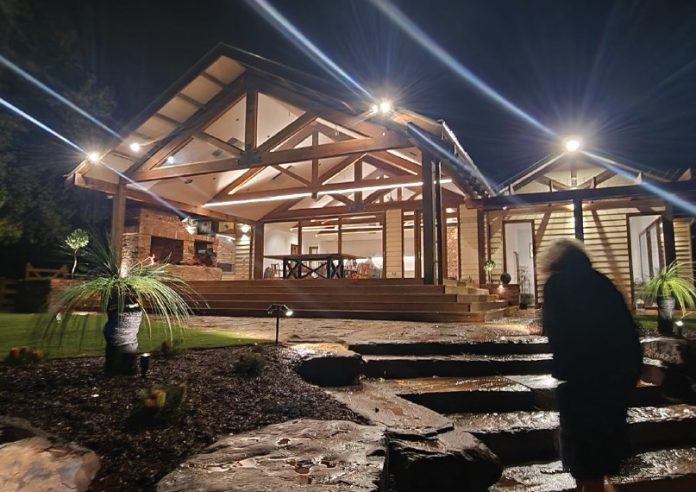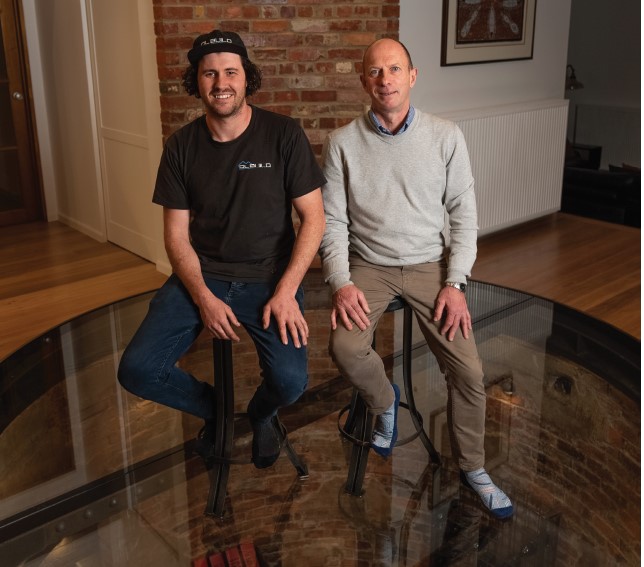
There’s something special about working on old buildings, preserving their beauty while making them practical for modern family living.
This is the passion of Doug Laidlaw, of DL Build, who has just completed a spectacular renovation—practically a rebuild—of a beautiful country homestead in Panton Hill, about 30km north-east of Melbourne.
What started off as a three-month renovation became a 14-month project, complete with the preservation of an old brick well inside the property, now a unique wine cellar for the owner. It was a huge undertaking and the biggest project ever done by Laidlaw and his team.
“We do a lot of work like this, but Panton Hill was definitely next level,” Laidlaw explains. “We have renovated or extended and built a lot of rustic/country style buildings but nothing of that size and extent. Projects like this is all we want to do and it’s the path we are heading down.”
The brief from the owners was to retain the home’s charm, while making it practical for modern living.
“It was meant to be basically just a kitchen renovation, extend a couple of walls out and a little deck,” says Laidlaw. “And then it turned into a 14-month renovation. It probably would have been quicker, easier and cheaper just to bulldoze it and start again, but with a home that’s 130 years old, it had a lot of heritage. It was the main homestead for a lot of properties in that area, so it would have been a shame to just knock it down and start again. And you wouldn’t have ended up with the same feeling.
“By the time we were finished, it was basically a new build because we pretty much stripped everything back to the bare bones. There was no insulation in the house, which was one of the main problems for the owners. It was freezing in winter, and it was boiling in summer. We pretty much had to pull all the plaster off the walls and all the cladding off the outside, to insulate everything. And then once we started pulling that off, we realised there was water damage and termites.”
The house had had seven or eight renovations and extensions over the years, he added, which made it even more complex, as they started to peel back the layers.
“We nearly had to rebuild the whole house, part by part,” says Doug. “There was definitely a lot that we left, but there was a lot that was just too far gone.”
The weatherproofing extended to replacing all the single glazed windows with double-glazing, while retaining the original window frames, which were still in good condition. The old roof sheets were replaced and all the old timber weatherboards, which had rotted, were replaced with cement sheet weatherboards, to minimise maintenance moving forward.
However, the project’s big show stopper was the conversion of the old brick well into a customised wine cellar topped with a customised glass ceiling—a complex undertaking, Laidlaw says.
Dating back about 120 years, the well was the entire water source for the property up to about 30 years ago when it was connected to the mains water supply; until the renovation, it was still used to water the garden and for the livestock. Located under the living area of the house, homeowner Noel Gibson was keen to make it a feature.
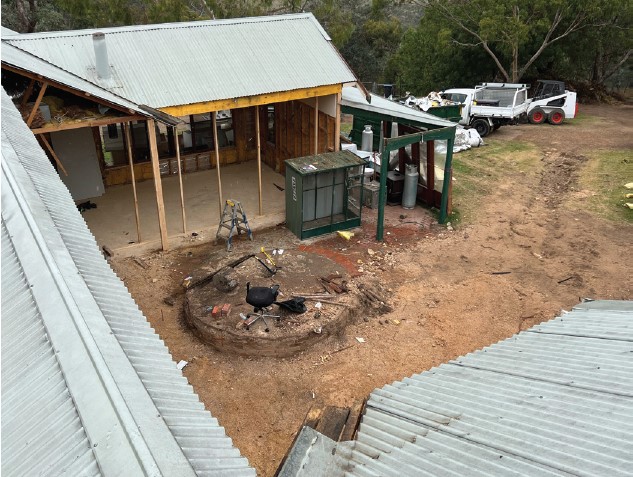
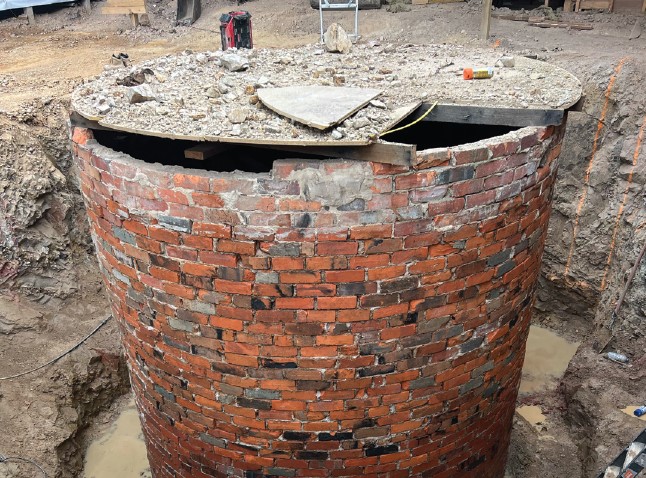
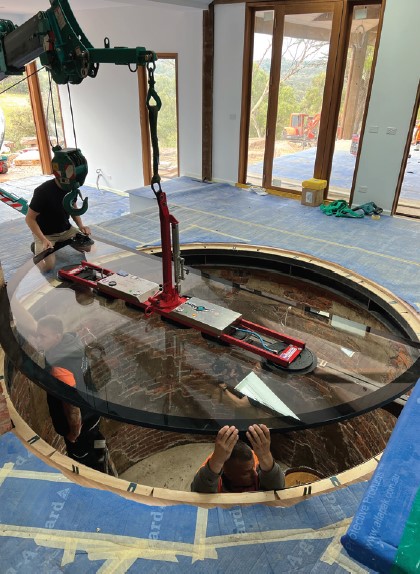
It was a huge project, which became less straightforward after work commenced, says Laidlaw. “We just thought it was a concrete tank that was dug and dropped in the ground. We planned for it to be steel inserted and concreted like a pool, with a spiral staircase inside. But as we started the demolition, we realised it was a hand-dug hand-bricked well. So, we completely changed our approach.
We went back to the engineer and designed it backwards. We dug out around it, laid block work around it for support and retained all the brickwork on the inside of it, hand-chipping the render away. It was quite a job.”
The restored well was converted to a wine cellar complete with a thick glass ceiling, which also acts as flooring material for the living space, allowing a view into the cellar from above and the chance to admire the 100-year-old handmade—and probably locally sourced—bricks. Laidlaw worked closely with Leigh Jacobs of the Melbourne Glass Company to design and install the glass ceiling/floor, created with two pieces of 33mm thick glass. The glass was craned into position due to its difficult location and weight.
Jacobs says that it was a unique and rare project to work on, and great to be part of.
“It was a beautiful collaboration between builder, client and us as a contractor,” he says. “We do glass floors regularly, but never to that size. I think it’s a credit to the client, who was very willing to trust us, and the builder to come along for the journey.
“The project speaks for itself with an outcome that was so special and an extremely happy client.”


